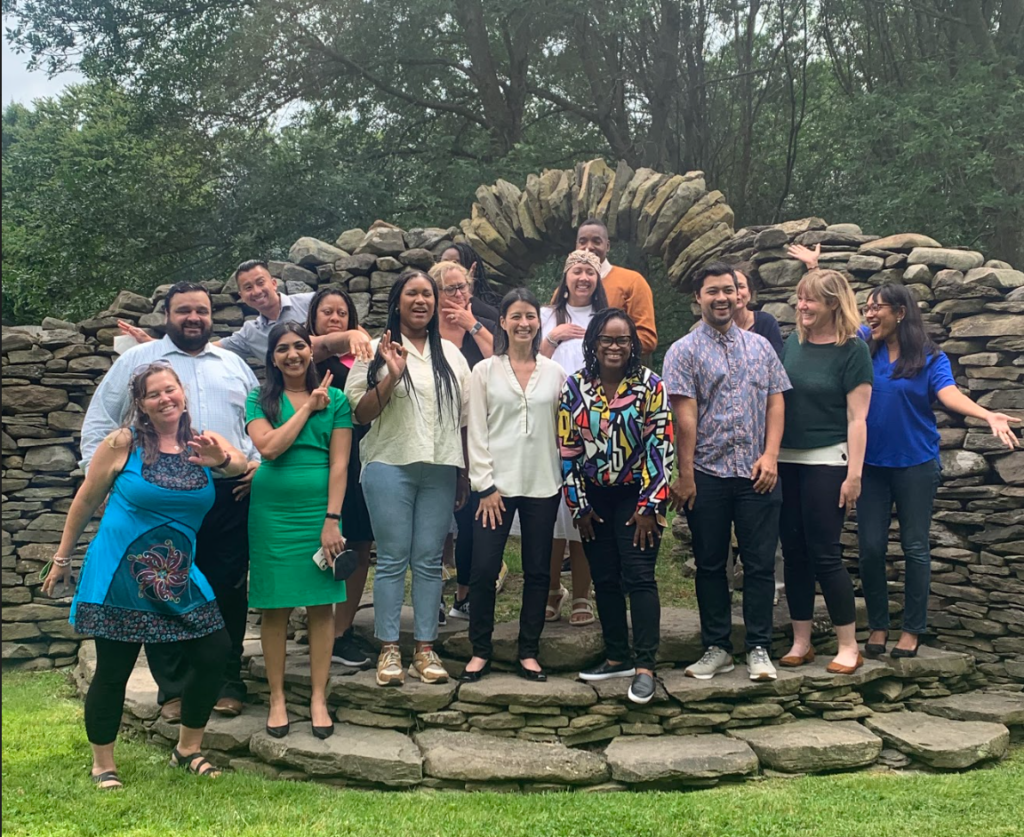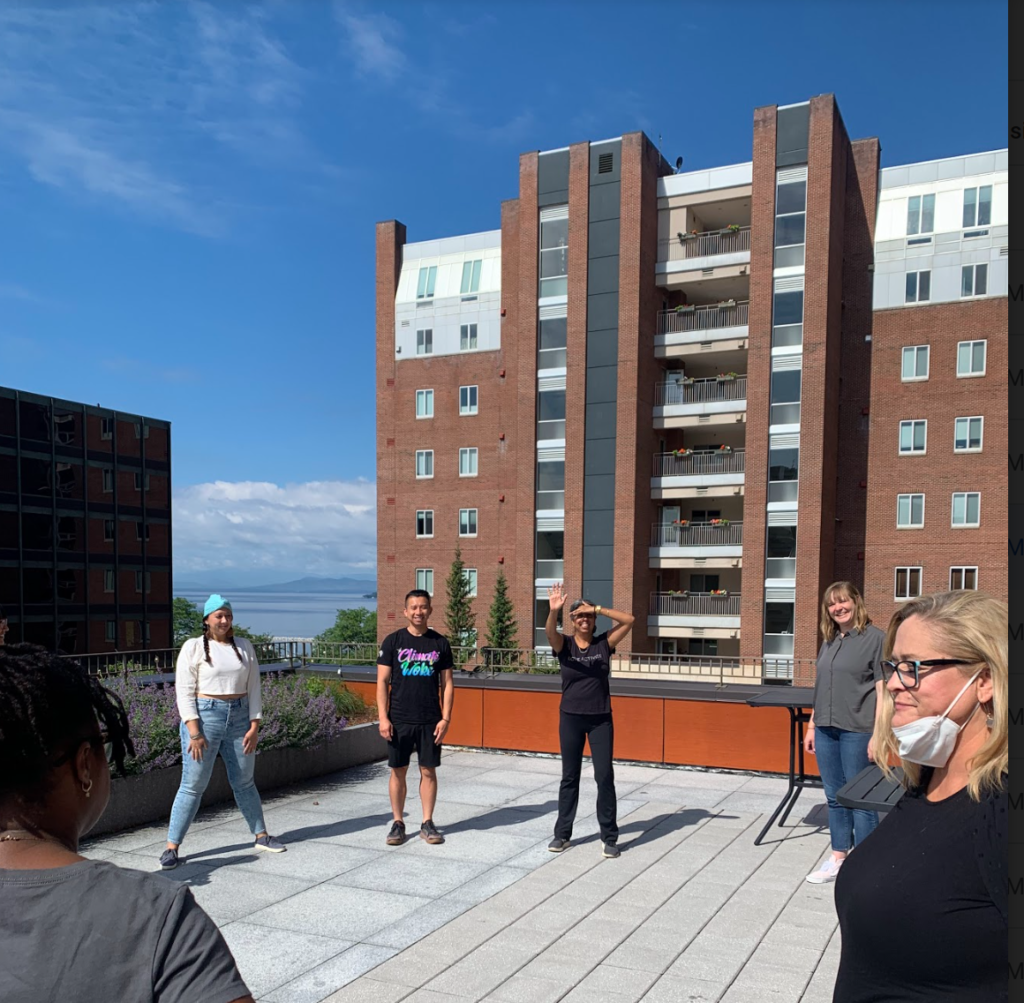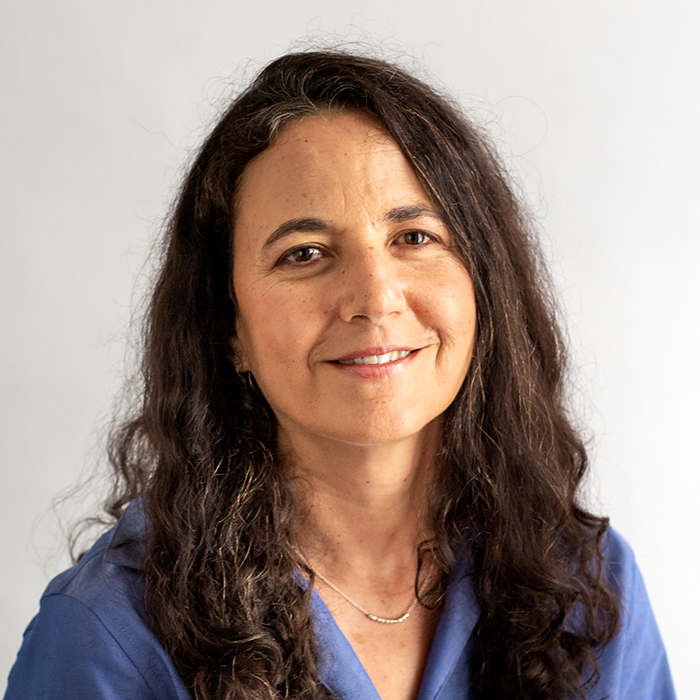BY Jennifer Pereira, PLACES Fellow
Arriving in Burlington, Vt., after a five-hour car ride from Rhode Island, I was struck by the beauty of the landscape: the sun shining on Lake Champlain, surrounded by mountains. I was in Vermont for the first of three site visits as one of sixteen PLACES Fellows. PLACES is designed for participants to use learning, coaching and reflections onsite to explore structural racism, community empowerment and grantmaking practices that have equity at their core. At first glance, Vermont — about 94% white and a population of about 624,000 people (a little over half the population of Rhode Island), spread out among a primarily rural context — did not seem the obvious choice to start this conversation. But wait…
Our first meeting was with the Vermont Community Foundation, a community foundation based in Burlington. A person new to the organization told us about the foundation’s development of a new impact area that will focus on equity, anti-racism and democracy as a result of its experience with COVID-19 response grantmaking.The speakers that followed — from the Vermont Land Trust and the Intervale Center — spoke about land, land ownership, access, and asking themselves the question “who benefits” from their work. Both speakers were candid about the need to grow and apply a strong racial equity focus on their role in land ownership — that fundamental inequity that underlies persistent, systemic injustices. The Land Trust engages in land return projects with Indigenous bands; there were three Abenaki nominees for the Vermont Land Trust board this year. The 4,000-acre Intervale Center is historically rich and significant land for the Abenaki, who lead land recognition ceremonies on the property. When we asked members of the organizations what philanthropy can do better to support these efforts, we received these response:““Look in the mirror and recognize the power dynamic.” “Fund organizations that are led by and represent the community being served.”

On our second day, we had a thought–provoking conversation focused on environmental justice with State Senator Kesha Ram Hinsdale of the Vermont General Assembly; Ginny McGinn, executive director off the Center for Whole Communities; and Kiah Morris, executive director of Rights & Democracy. These three impressive speakers talked about successes and models from their work,including the passage of the first environmental justice law in Vermont in 2022 and the creation of REJOICE (Rural Environmental Justice Opportunities Informed by Community Expertise) to engage people most impacted by environmental injustice in policy change. This and the Climate Council raised the importance of compensating people for their time and valuing community expertise. They also spoke about the challenges: Burlington sees huge racial disparities in outcomes for white people and communities of color, notably in homeownership. Only 21.1% of the Black population in Burlington owns their own home, far below the national numbers.
When asked, what can philanthropy do better?
- Unrestricted funds are a blessing
- Trust the people doing the work
- Show up, step back, and trust
- Support healing and self–care for frontline advocates
- Step up, not lean away, from funding racial and social justice
A conversation with City Councilor Ali Dieng, who cofounded the New American Advisory Council, and Brian Pine from the City of Burlington’s economic development office, focused on housing and included a discussion of the Community Land Trust model. This model provides a pathway to homeownership for historically marginalized communities, including the New American population.
The visits and conversations told us a different story about Vermont than is evident at a first glance and demonstrated the complexities of place. Of community. The people we met were inspiring — and exhausted. Over the course of about 56 hours in Vermont, multiple site visits and presentations, and provoking debriefs with my companions on this year-long Fellowship journey: fifteen remarkable individuals and our fearless and supportive guides, one recurring message kept playing out in these discussions and in my thoughts: What can philanthropy do better?

All of our site visits were unpacked and examined through conversations among the Fellows, facilitated by the gifted Bina Patel. What can philanthropy do better? We need to ask the question, how does the community envision how they can thrive? We can ask this question, and listen and heed the response. We need to do better, “because we bear witness..
This first PLACES site visit gave me the opportunity to challenge assumptions, learn new perspectives, and reflect on what I, in my role in philanthropy, can do better. In Vermont, 94% of the population is white, and we learned that 75% of traffic stops are of Black men; In Rhode Island, the racial gap in homeownership is wider than the national average; Black and Hispanic children in Rhode Island are more likely than White children to live in neighborhoods that lack the resources needed for them to grow up healthy and successful. These systemic inequities are real, deeply rooted, and are the cause of unspeakable trauma and harm to people — the people we met in Vermontnd the people we know in our communities. From re–orienting the conversation so that it is community-led and driven, to showing up in the difficult conversations, I’ll carry this experience with me and focus on action.
What will I do better?
About the Author

Jennifer Pereira is Vice President of Grants & Community Investments at the Rhode Island Foundation. She is also a member of TFN’s 2022 PLACES Fellowship cohort.
